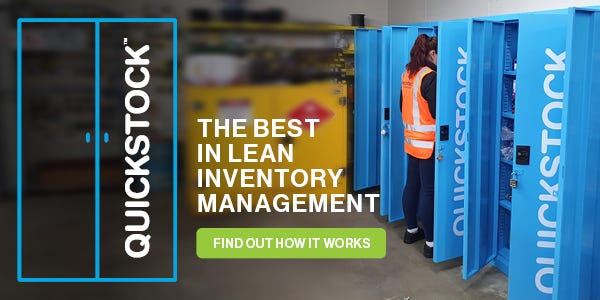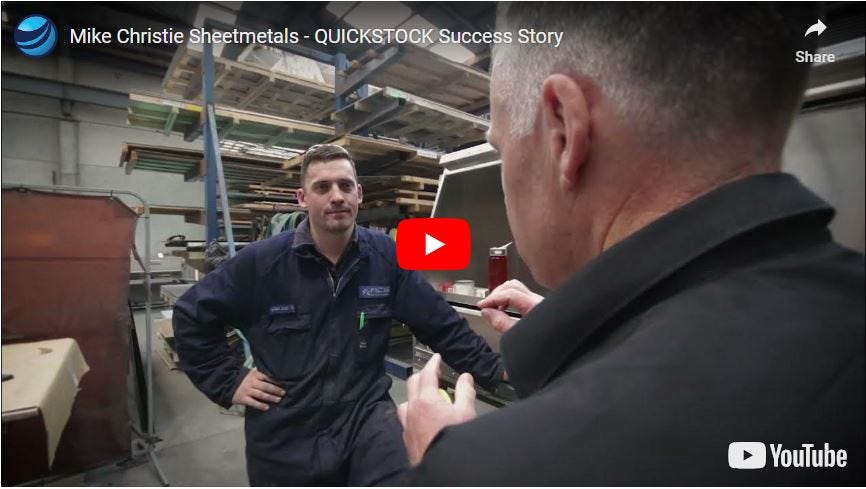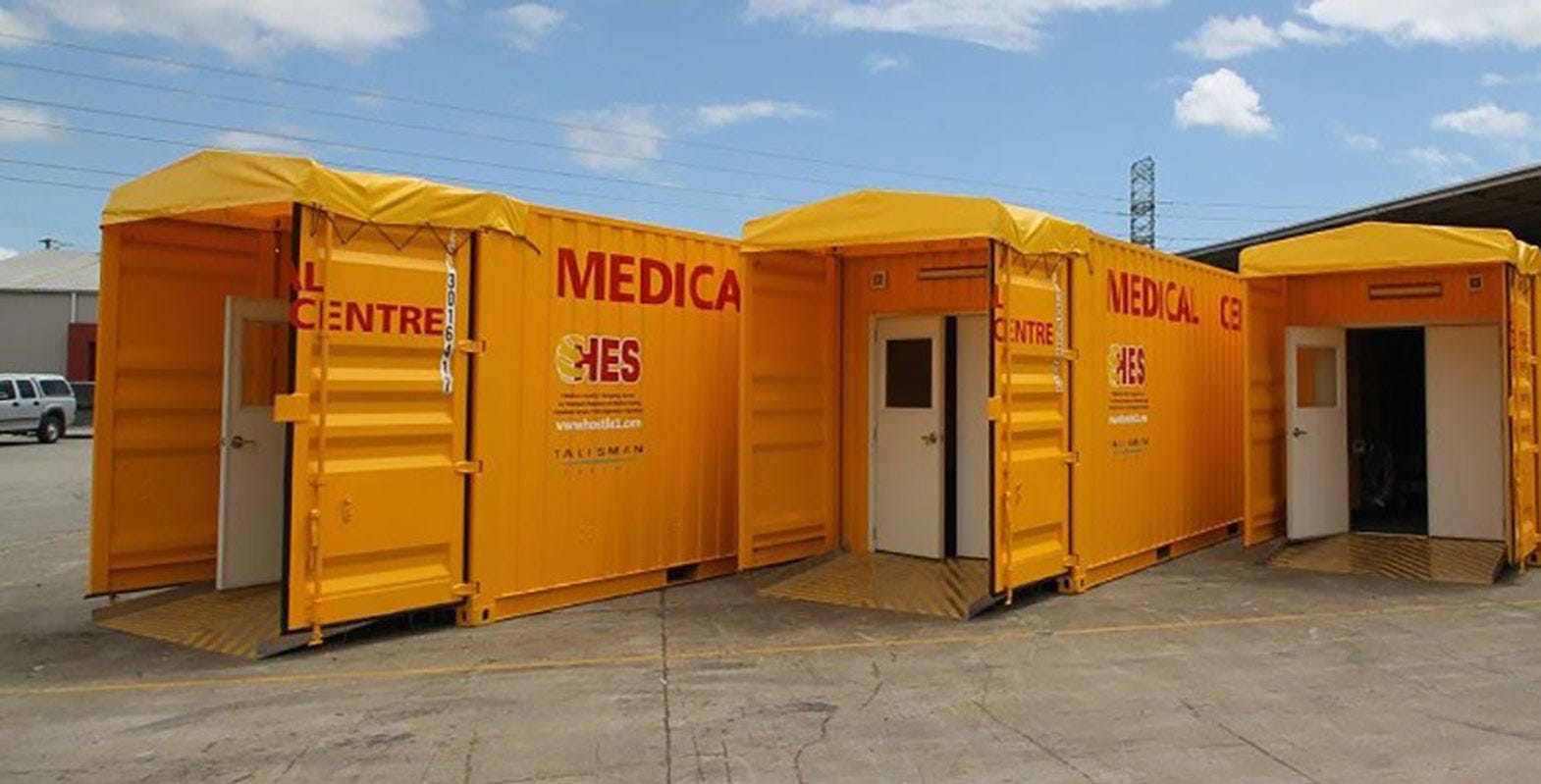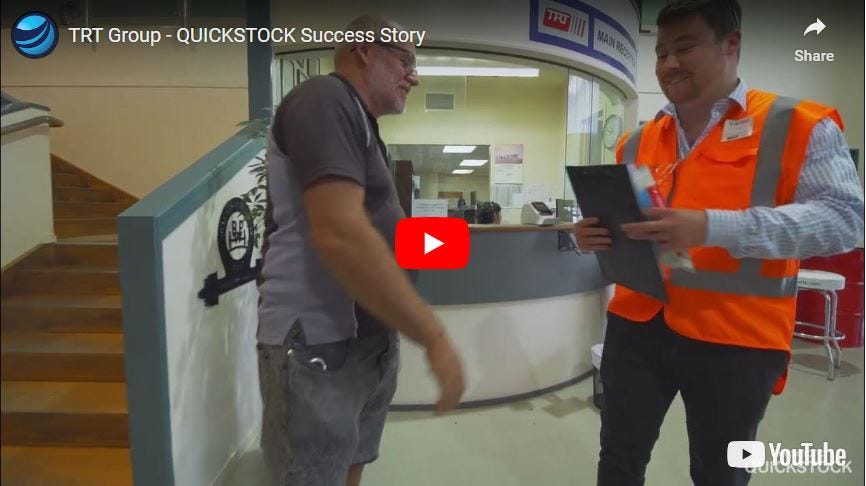Could Your Purchase Orders Be Costing $600+ A Month?
Quite often we don’t really think about what’s involved in creating a purchase order for consumables. After all, it’s just one of those things that is necessary when operating a business. However, depending on your processes, the operational cost of purchase orders can easily set you back $600 or more a month - here’s why…
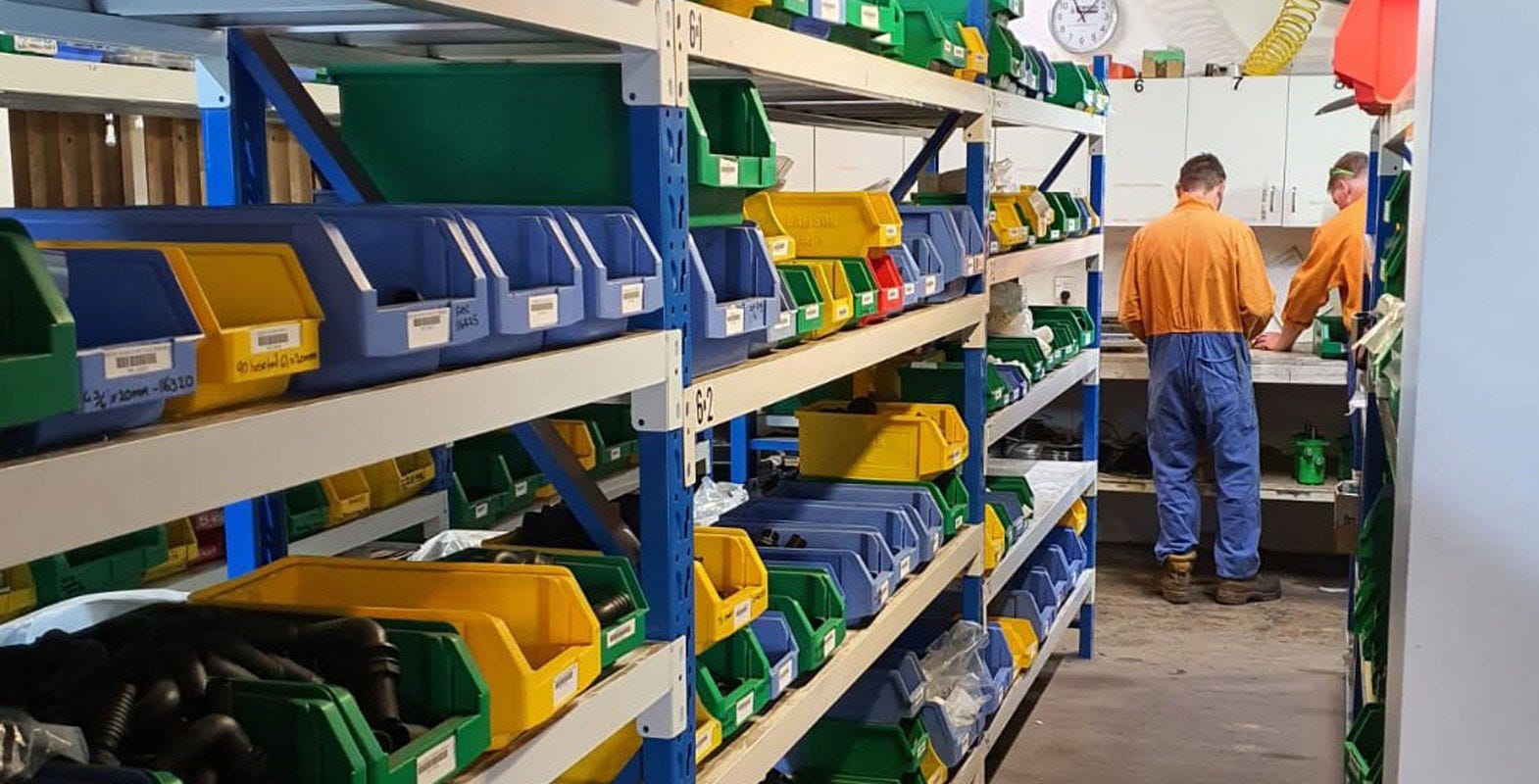
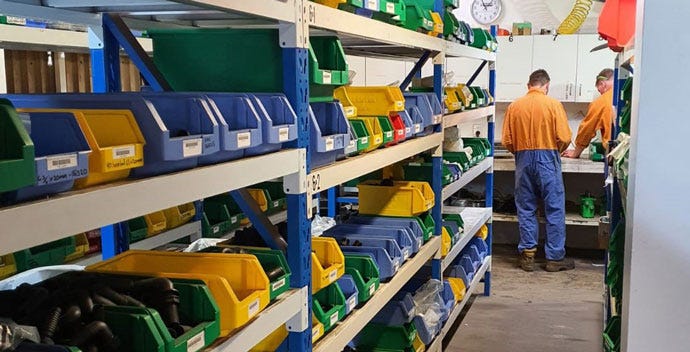
At a base level, all purchase orders involve a similar process no different to getting your groceries:
- Work out what you need
- Place an order with the supplier
- Receive in the goods
- Pack away the goods
- Process the invoice
That’s not so scary – not a big deal at all. BUT the element that is often overlooked in this process, and makes a HUGE difference in cost, is TIME. To illustrate, let’s compare what would happen in an ideal world, to something more realistic:
| Ideal | Time | Reality | Time | |
| Work out what you need | Staff have written on a white board what is running low so you know what to order for the week ahead. | 10 minutes | Some things have been written down, but you need to look for yourself and work out what is needed. | 15 minutes |
| Place an order with supplier | You call, email or place an order online with one supplier and get a great price. | 5 minutes | You have to order from multiple suppliers to get the best price on each item. | 15 minutes |
| Receive in goods | Your order arrives on time with everything you ordered | 5 minutes | Your order arrives on time, but some stock is on back order so you now need to shoot down to the shop to grab some emergency supplies, as well as phone the supplier to work out when the back-order/ will arrive. | 30 minutes |
| Pack away the goods | Each item is easily packed away in its place in your storeroom. | 5 minutes | You need to tidy the shelves and put everything back in some kind of order before packing away the newly arrived stock. | 15 minutes |
| Process the invoice | The invoice is received and processed by accounts | 10 minutes | The invoice is received but accounts have to confirm if a certain product has been charged but not fully delivered. | 15 minutes |
| Total | 35 minutes | 1 hour 30 minutes |
So we can see how just a few deviations from the ideal scenario can soak up almost an hour’s worth of time. Of course this is only looking at time spent by the person doing the ordering. Then there are the other people involved…
Production Staff
There can be some big variations on how the process affects production staff depending on your processes. Using the typical whiteboard scenario, here’s an example of how drastically productive time can be affected by purchase orders:
| Ideal | Time | Reality | Time |
| Engineer goes to the storeroom to get the consumable he requires for the job, notices stock is running low, and notes it on the whiteboard | 5 minutes | Engineer goes to the storeroom to get the consumable he requires for the job, notices stock is running low, but forgets to note it on the whiteboard | 2 minutes |
| Second engineer goes to the storeroom to replace a consumable, takes the last of the stock, but doesn’t tell anyone, assuming it had already been noted on the whiteboard | 2 minutes | ||
| Third engineer goes to the storeroom, only to find there is no stock of the consumable he needs. He proceeds to check around the workshop to see if he can find one before notifying the manager they are out of stock. | 10 minutes | ||
| The manager/purchaser gets the engineer to drive down to the local shop for emergency supplies, while the manager places a purchase order. | 25 minute |
In this scenario, not only is a lot of time wasted, but production is held up because of a stock outage, emergency stock is required to be purchased (probably at a higher cost), and an additional purchase order is created.
Accounts & Admin
Let’s not forget the often forgotten tasks of the accounts/admin team. While it might only take an additional 7 minutes or so to process an invoice, that’s still 7 minutes they could be spending on one of their other important tasks. It’s often surprising how fast those little 7 minute tasks add up!
The Cost
We recently spoke to a very proactive customer who had already done the calculations for his workshop and worked out the average purchase order costs $65 in operational costs. Now a lot of workshops will be placing orders with 2 or 3 suppliers on a weekly basis, adding this up, that’s $195 a week, or $780 a month!
So let’s look at how you can cut this right back…
Solutions
If you already do these 5 things - high five! Your consumable stock needs often fluctuate, and aren't always easy to keep on top of, especially with growing businesses, so well done. To those of you who may be suffering from production delays, stock loss, time wastage, and general frustration or headaches when you think about stock management - these simple practices might make a big difference in your workshop.
Customer Managed Inventory (CMI)
CMI is for engineering businesses who want to manage consumable stock in house. The 2-bin Kanban method has been proven to be ‘best practice’ for self-managing fast moving consumables and works well in an engineering environment.
The 2-bin is a just-in-time inventory management system that aims to ensure a regular cycle of stock supply based on usage requirements. This is a 2-bin stock rotating system where stock is split between the bins, once the first one is used, this triggers the purchaser to re-order stock while the second stock bin is being used. This provides a buffer for stock supply, so it is unlikely you’ll experience any stock-outs.
| Advantages | Disadvantages |
|
|
Vendor Managed Inventory (VMI)
VMI, also known as Supplier Managed Inventory is ideal for workshops, where having stock on hand is essential for production, and outsourcing much of the inventory management is of value. VMI is where a supplier allows you to hold their stock on your site and draw from it when needed. This stock is owned by the supplier and only charged for once you use it. This is not to be confused with consignment stock where the customer remains responsible for managing the stock on site. With VMI the supplier manages the entire process, ensuring the stock is kept tidy, and regularly replenished so you never run out. Regular reporting means you are able to monitor and control their stock usage.
| Advantages | Disadvantages |
|
|
 Need assistance?
Need assistance?
